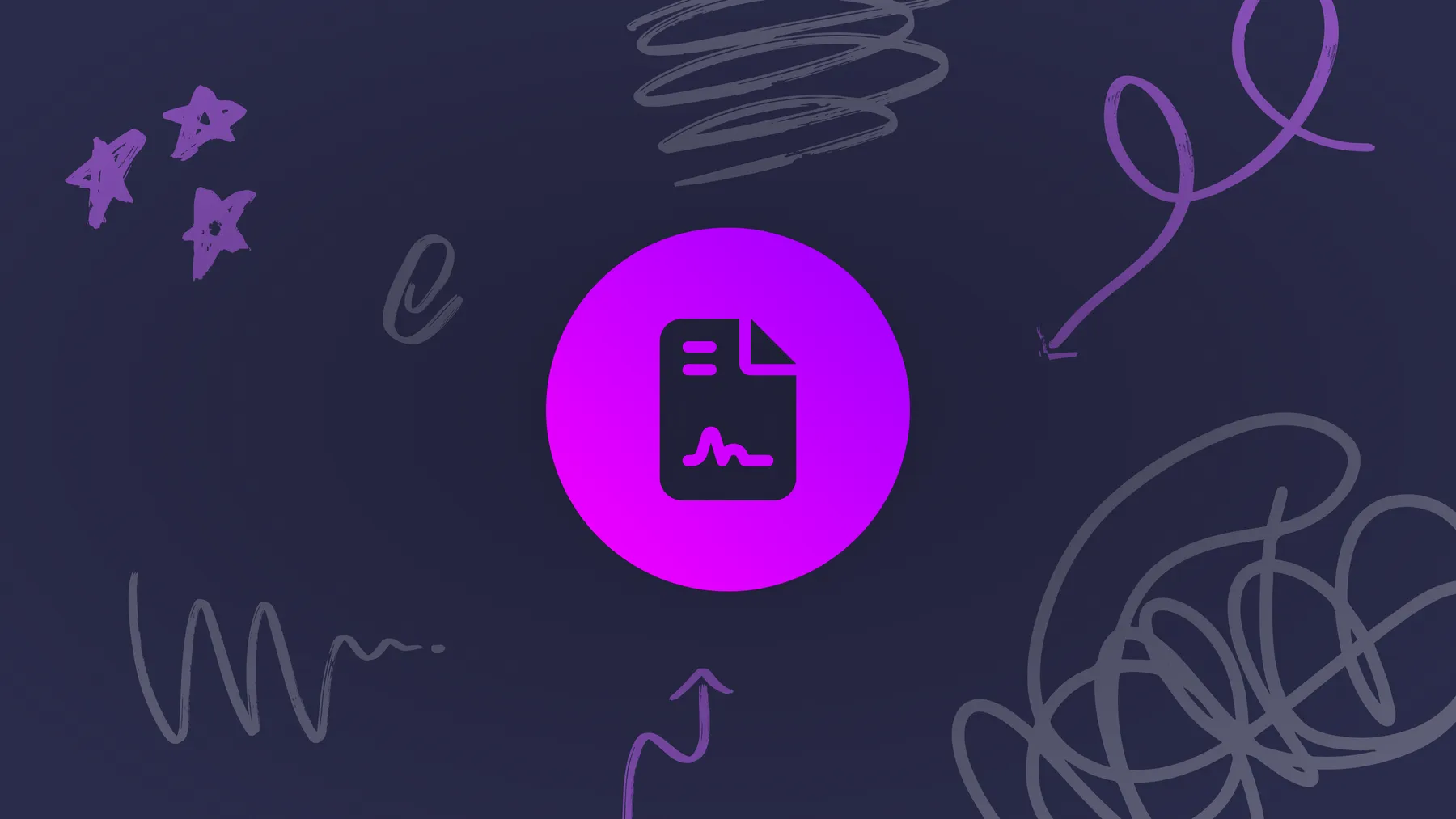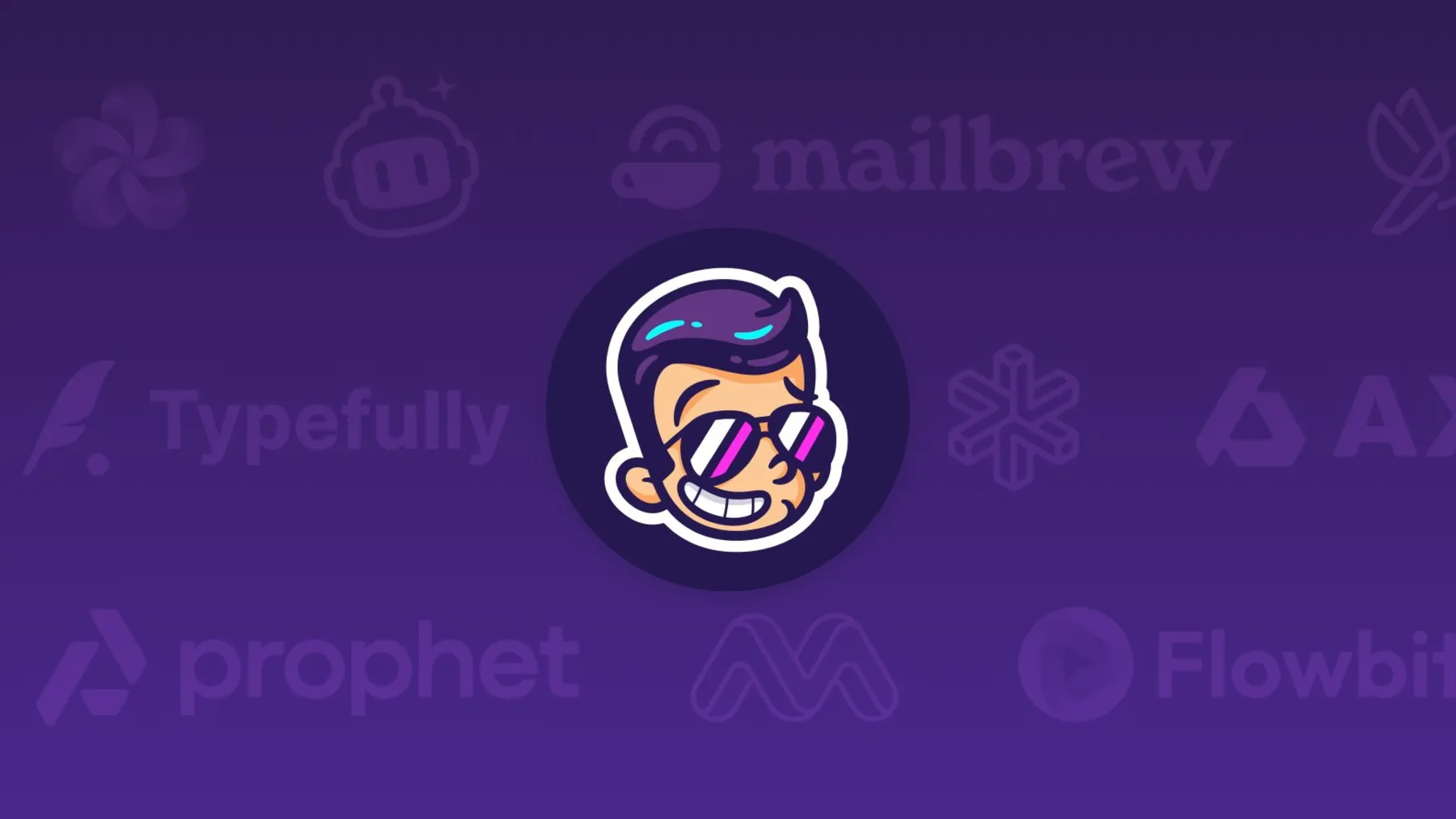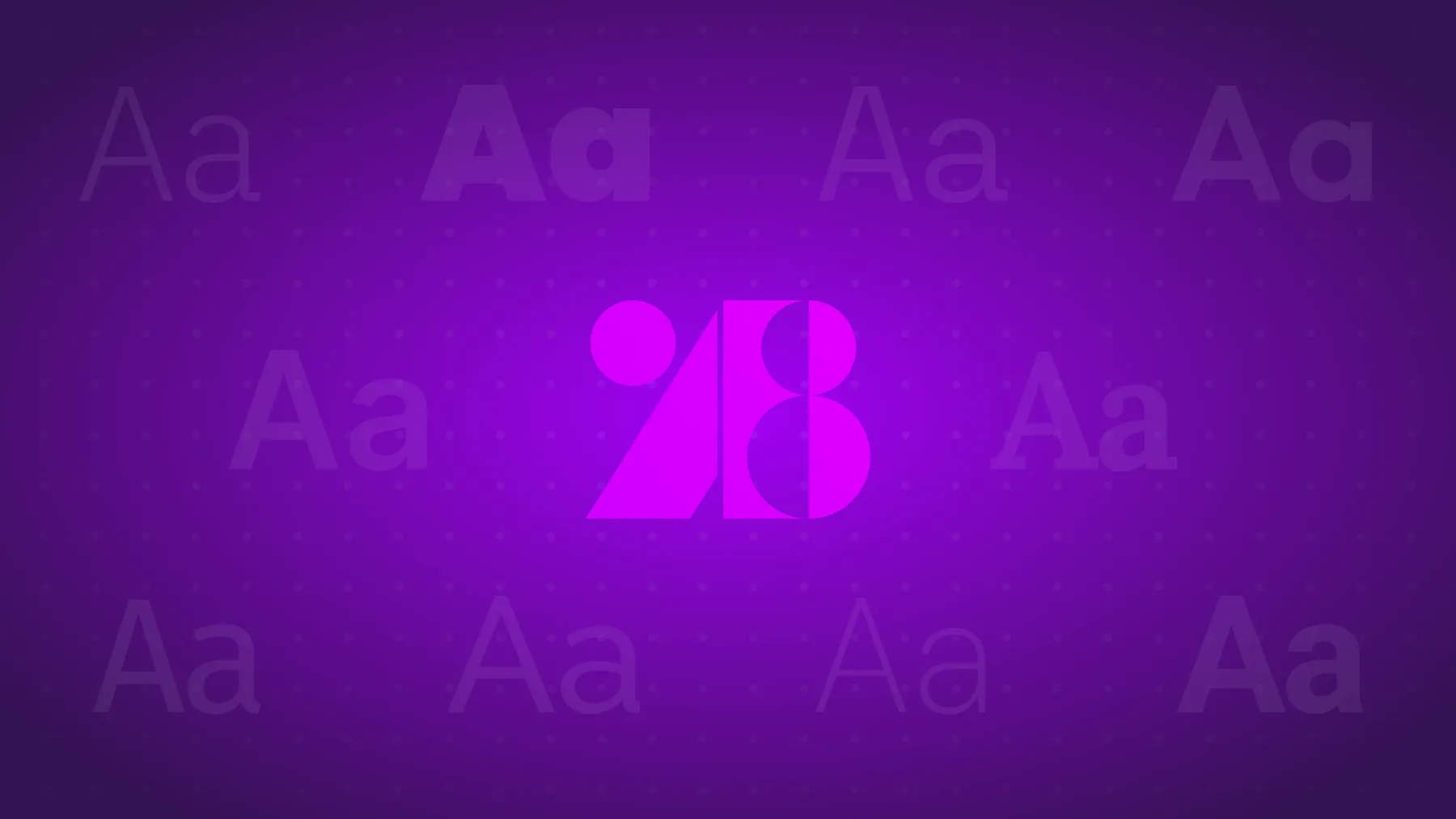AI tools promise instant results, low cost, and ease of use, which has made them increasingly popular among startups and side projects. But can AI really replace human brand designers? In this post, we’ll explore what sets handcrafted logos apart and why the future still belongs to us designers.
The Rise of AI-Generated Design
“Logo designers are cooked. Logo design is dead. AI is the future.” We’ve all seen the doomsayers in our social feeds lately. We’ve seen the memes, articles, and videos telling us that AI is coming for our jobs, and no brand designer is safe. I hear the noise, but honestly, I’m not worried. I admit, AI is changing the landscape of the design industry, but it’s not the end for us human designers. And here’s why…
In my experience, AI exhibits some serious limitations that create opportunities for human designers to differentiate our work in a good way. While today’s AI tools can generate technically acceptable logos quickly and cheaply, the outputs tend to lack the strategic thinking, emotional intelligence, and human connection that transforms an idea into powerful brand communication.
The AI Capability Gap
Artificial intelligence can analyze vast datasets of existing designs and generate interesting concepts based on historical patterns and trends in the blink of an eye. It’s actually kind of mind-blowing. And for clients with limited budgets or tight deadlines, this efficiency and affordability can be appealing.
But there are things AI can’t do. It can’t lead a discovery session, or ask thoughtful questions about a client’s business history. It can’t understand desired emotional connections with customers, or intuitively grasp market nuances. And this causes AI outputs to be generic, template-like solutions with only surface-level customization options.
We designers should be articulating these differences to our clients. We’re not just selling logos — we’re offering understanding, empathy, and strategic thinking that AI simply cannot replicate.
Humanity is Your Advantage
Imagine a neighborhood coffee shop seeking a new logo. They owner enters “warm, welcoming logo for coffee shop that reflects community and craftsmanship” as a prompt into an AI logo generator. Within seconds, they receive a technically sound and serviceable design featuring a coffee cup, steam swirls, and warm brown tones. It communicates “coffee shop” — but not their coffee shop.
Now picture that same owner sitting with a human designer, sharing how their building was once the neighborhood’s first fire station in the 1920s, and how grandmother’s traditional roasting techniques from her homeland shaped their approach. The resulting logo subtly incorporates architectural elements from the historic façade and patterns that honor family heritage. The difference isn’t just visual — it’s emotional. One says “generic coffee shop,” while the other tells this coffee shop’s unique story.
This, fellow designer, is your superpower. You take the time to understand a brand’s core, translating cultural nuances and emotional connections into visual language that AI simply cannot replicate. Your work is meaningful because it emerges from meaningful human connection, something algorithms can’t tap into no matter how advanced they become. After all…
“What is art without soul? Merely decoration.”
— Anonymous
Finding Common Ground
While AI cannot match human creative depth, it can be a valuable tool in our professional arsenal. AI excels at rapid iterations, exploring diverse visual directions, and handling repetitive tasks that might otherwise constrain the creative process. For established designers, AI can function as an ideation partner — quickly visualizing concepts that we then refine, elevate, and infuse with strategic thinking. It can help overcome creative blocks by suggesting unexpected combinations we might not have initially considered.
For clients with extremely limited resources who would otherwise use generic templates, AI offers a customizable entry-level option. As designers, we can position our human-crafted work as the premium alternative for brands ready to make a deeper investment in their visual identity. The most innovative designers aren’t resisting AI — they’re collaborating with it, using its capabilities to enhance rather than replace their creative process. The question isn’t AI versus humans, but understanding how each approach serves different needs and how they complement each other.
Remember, what makes you irreplaceable isn’t your technical ability to arrange pixels — it’s your capacity to listen, empathize, strategize, and create authentic visual stories that forge human connections. AI can’t do it better than you, but maybe it can help you do it better. Embrace the change, and keep creating.




